Full Name Carola Cohn Period Modernism Role Artist | Name Ola Cohn Movement Modernist Known for Sculpture | |
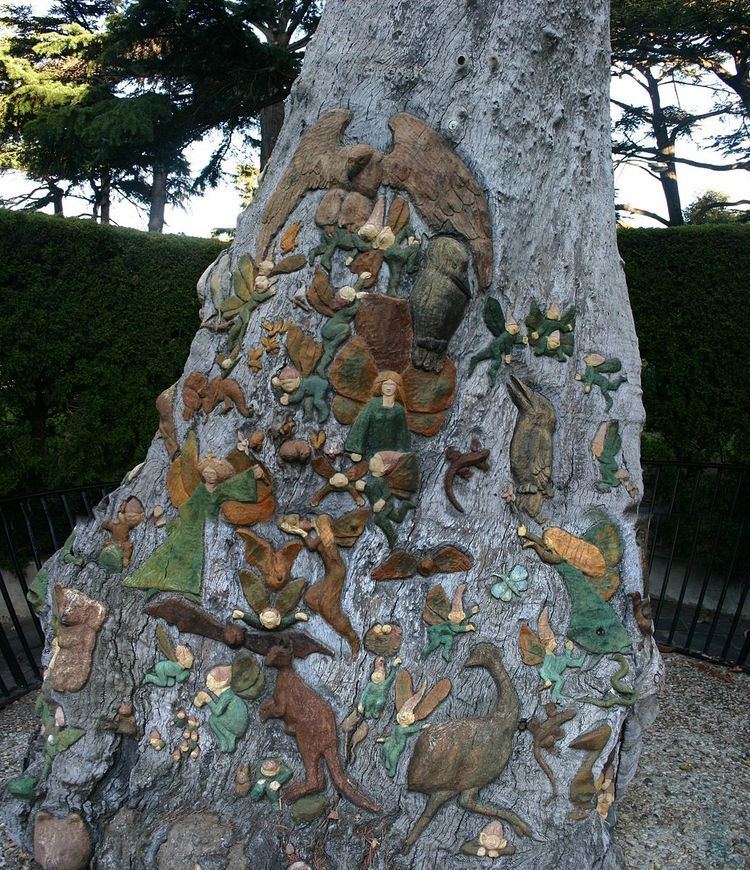 | ||
Notable work Fairies' Tree, Head of a Virgin, Abraham, statue in Adelaide Pioneer Women's Garden Awards Crouch Prize (1952), MBE Died December 23, 1964, Cowes, Australia Books The Fairies' Tree, A Way with the Fairies, More about the Fairies' Tree, Castles in the Air Education Swinburne University of Technology, Royal College of Art | ||
Ola Cohn’s, The Fairies Tree with fairy sculptures at Fitzroy Gardens, Melbourne - OFMD
Ola Cohn (born Carola Cohn; 25 April 1892 – 23 December 1964) was an Australian artist, author and philanthropist best known for her work in sculpture in a modernist style and famous for her Fairies Tree in the Fitzroy Gardens, Melbourne.
Contents
- Ola Cohns The Fairies Tree with fairy sculptures at Fitzroy Gardens Melbourne OFMD
- Ola Cohn The Fairies Tree Fairy Stories in the Fitzroy Gardens Beautiful Books
- Early life
- Works
- Career and Influence
- References
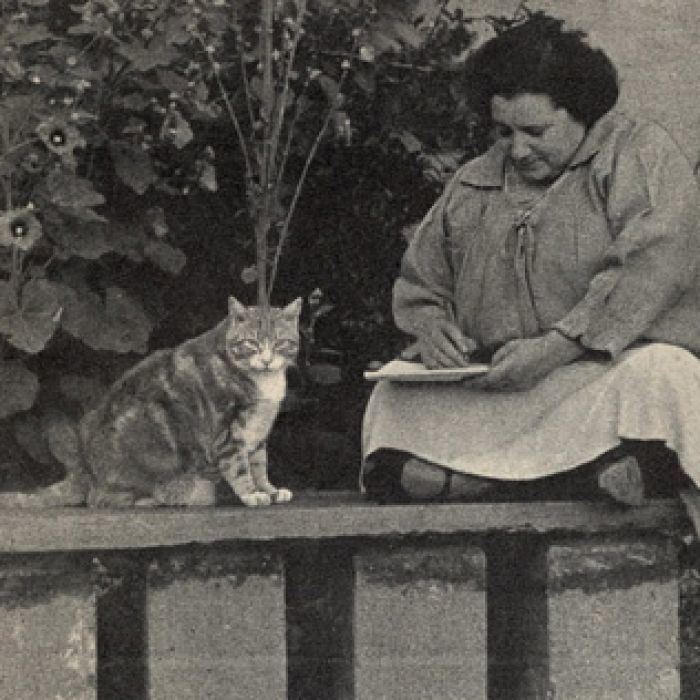
Ola Cohn & The Fairies' Tree | Fairy Stories in the Fitzroy Gardens | Beautiful Books
Early life
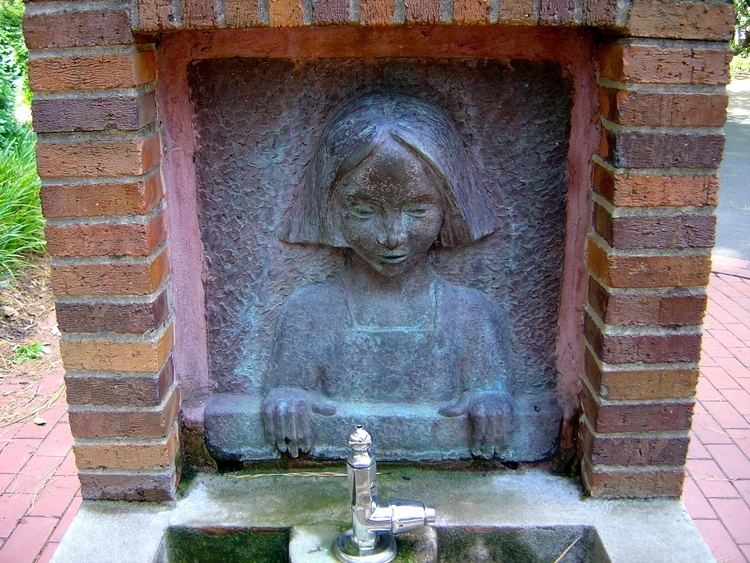
Cohn was born in Bendigo, Victoria. She went to school at Girton College in Bendigo and then studied drawing and sculpture at the Bendigo School of Mines. She continued her studies in Melbourne at Swinburne Technical College and then at the Royal College of Art in London. On her return to Melbourne in 1930 she established a studio at Grosvenor Chambers (9 Collins Street, Melbourne) (subsequently occupied by Georges and Mirka Mora), and later moving to Gipps Street, East Melbourne.
Works
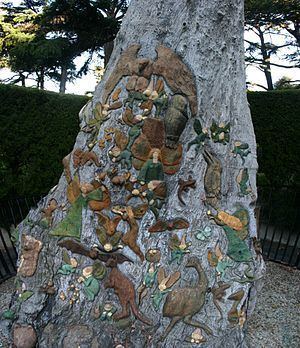
Cohn's works in bronze, stone and wood are held in many state and regional galleries. Important works include:
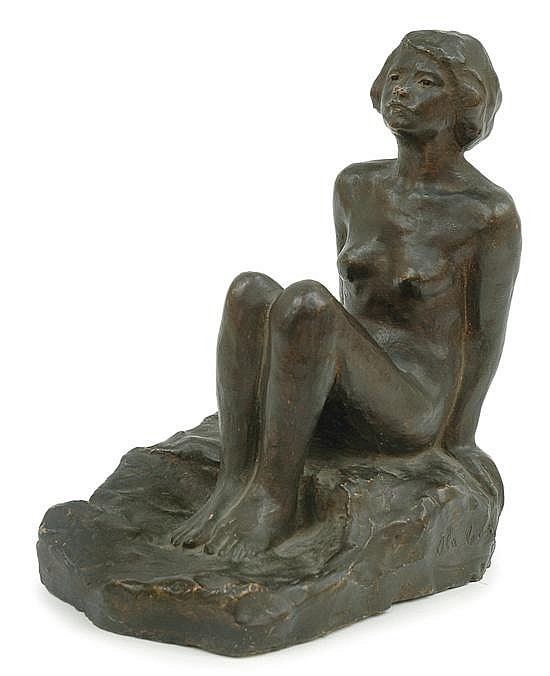
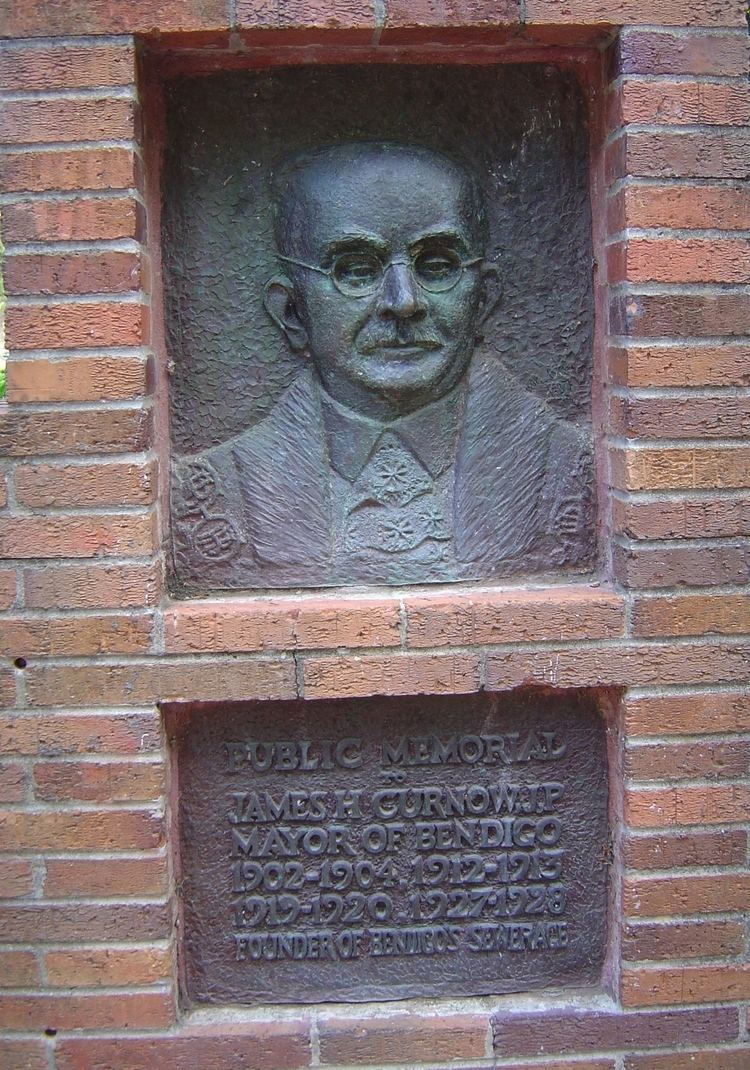
The Fairies Tree work also inspired her writing and publication of The Fairies' Tree (1932), More about the Fairies' Tree (1933) and Castles in the Air (1936). Her book Mostly Cats was published in 1964. In 2014 her autobiography was published; A Way with the Fairies: The Lost Story of Sculptor Ola Cohn.
Career and Influence
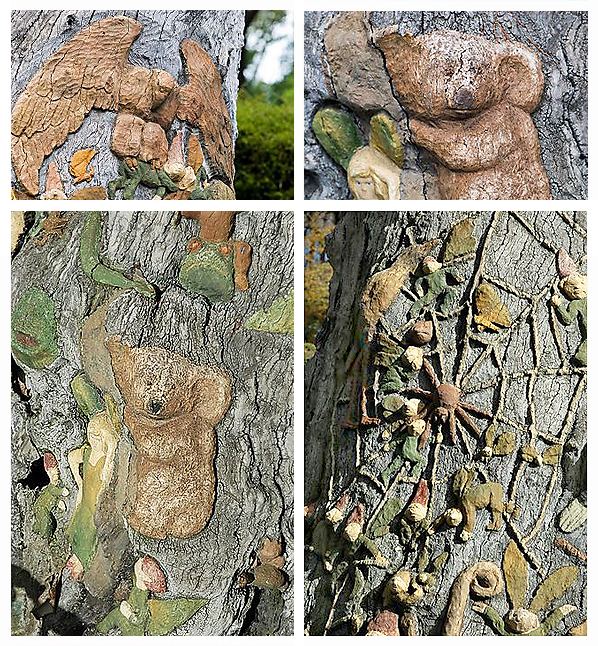
She was President of the Melbourne Society of Women Painters and Sculptors from 1948 to 1964, a founding member of the Australian Sculptors Society and an active member of the Victorian Artists' Society, the Victorian Sculptors' Society and Melbourne Contemporary Artists.
Through her membership of artists' and sculptors' societies Ola Cohn gave lectures and demonstrations to make sculpture more accessible to the public. Private instruction in sculpture was given from her studio in East Melbourne which became an important centre for artists. During the Second World War she gave recreational sculpture lessons for soldiers.
Ola travelled through Europe and Iceland in 1949-51. In 1952 she won the Crouch Prize at Ballarat for her woodcarving, Abraham. This was the first time that this prize had been awarded to a sculpture.
On 1 January 1965, shortly after her death, Cohn was appointed a Member of The Most Excellent Order of the British Empire for her work in the service of art, especially sculpture. Her studio home in Gipps St, East Melbourne was bequeathed to the Council of Adult Education (since renamed the Centre for Adult Education), and is now known as the Ola Cohn Memorial Centre.
In 2002 the Centre for Adult Education considered selling Ola's studio to raise money for new buildings. A public campaign at the time motivated the Victorian State Government to intercede and fund the restoration of the Ola Cohn Memorial Centre [1][2]. Her studio at Gipps Street is still under the control of the CAE and is heritage listed.
